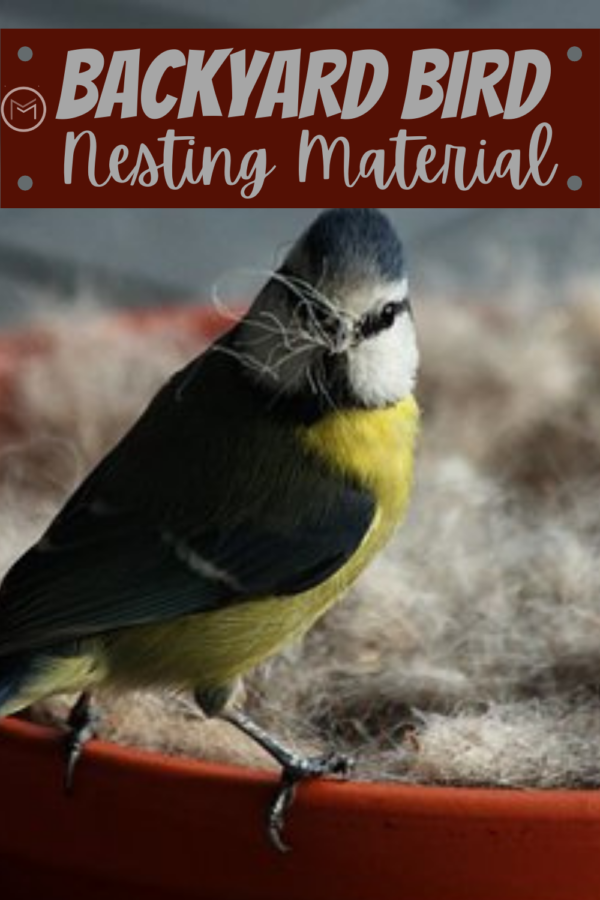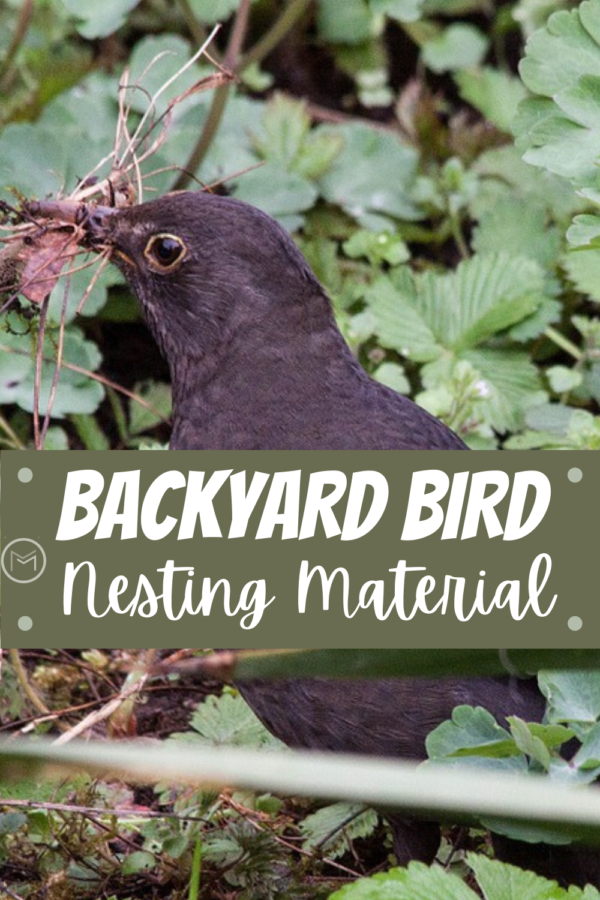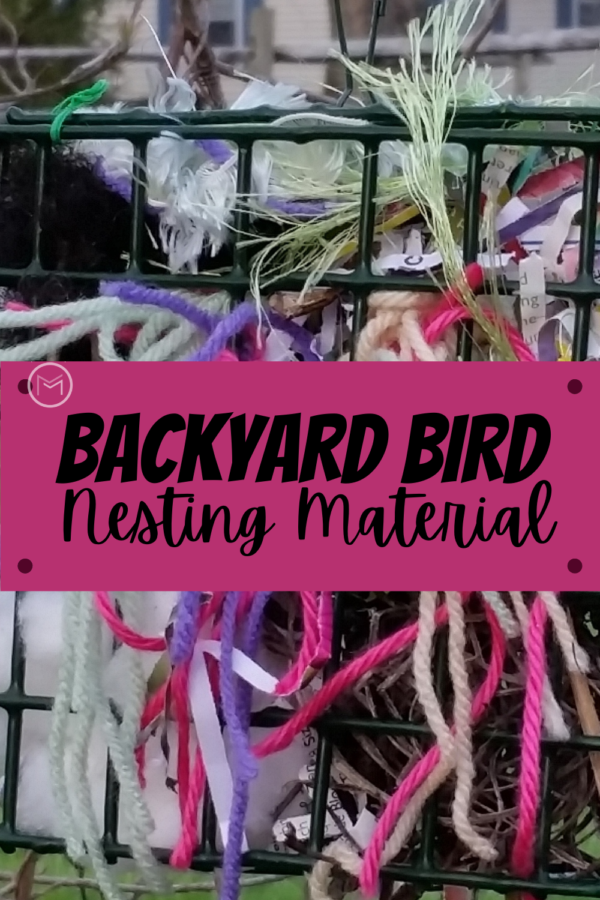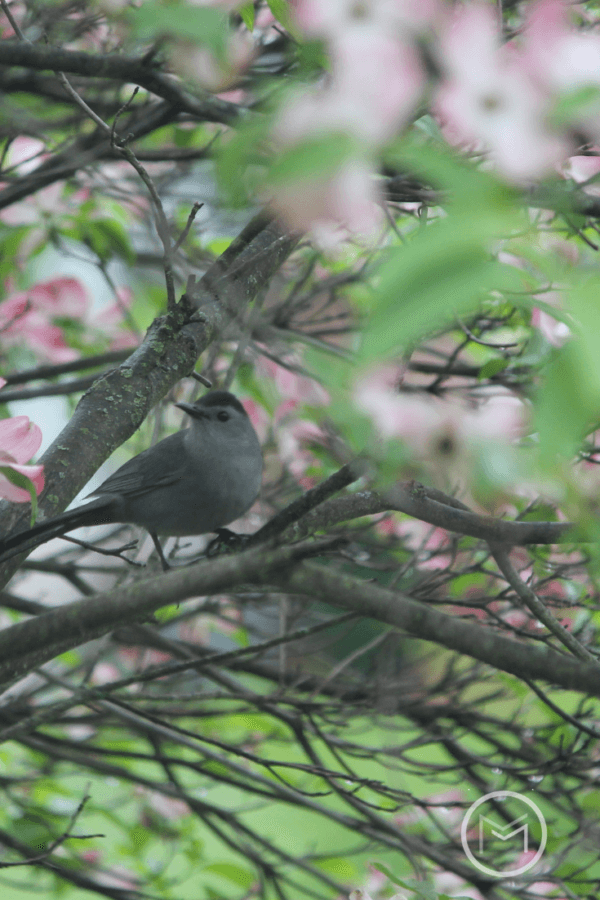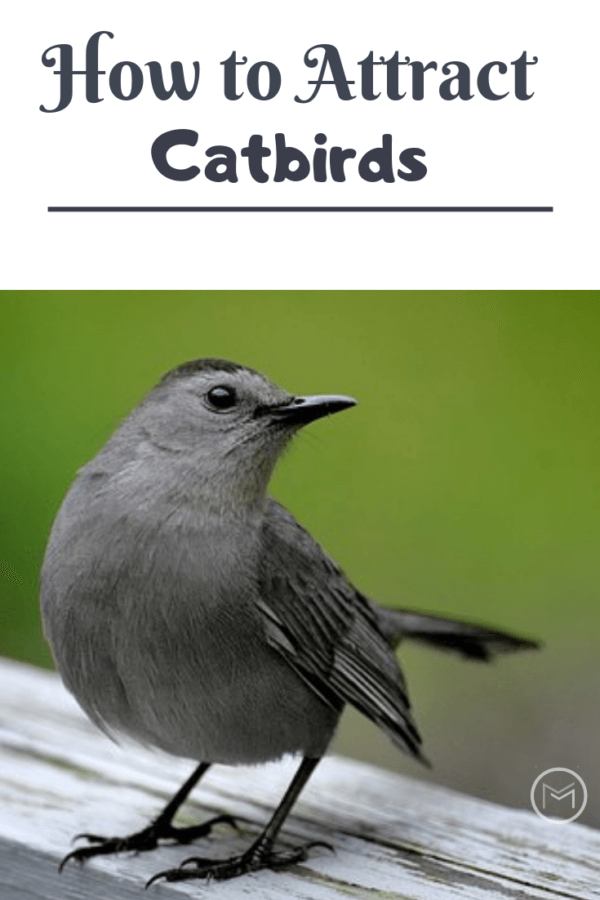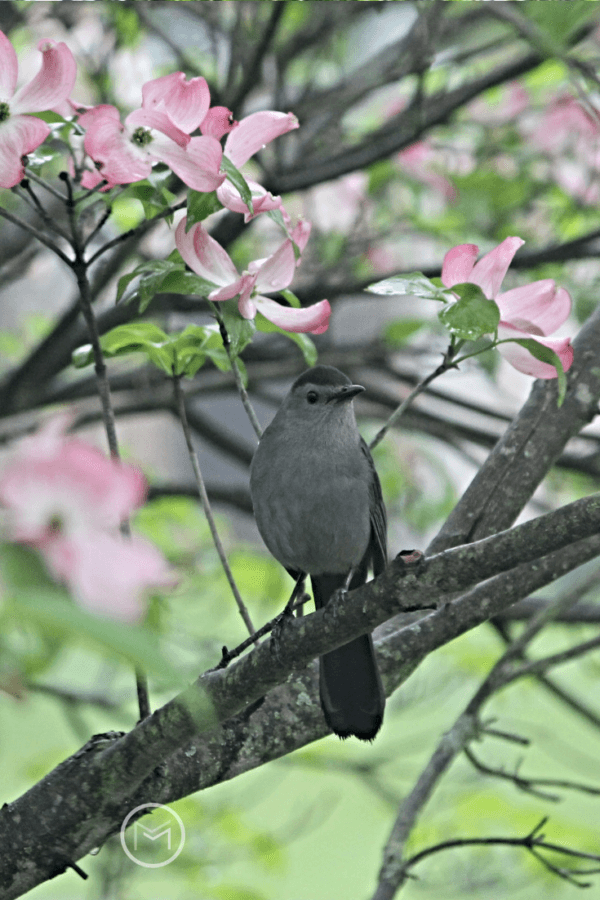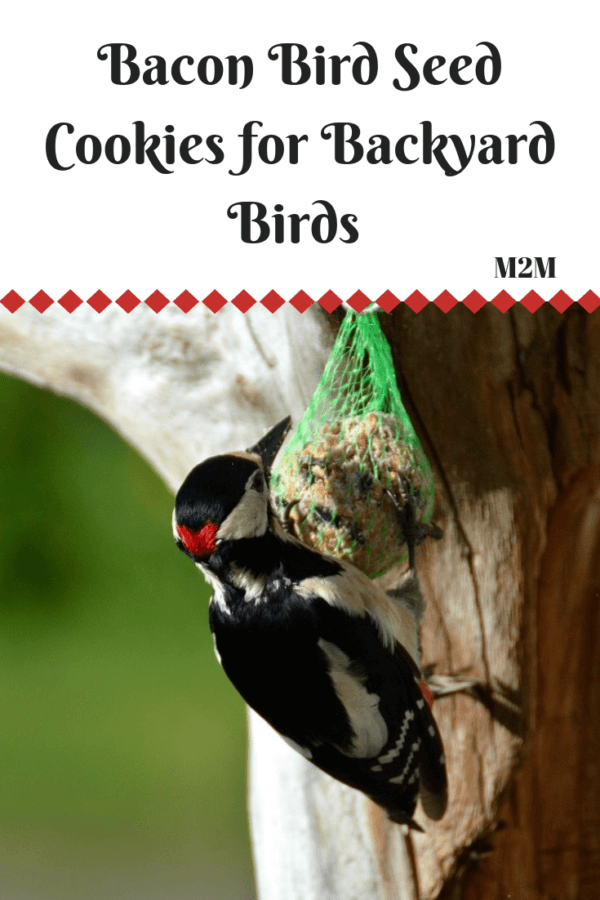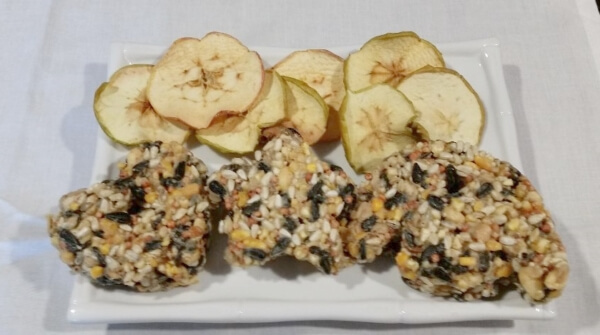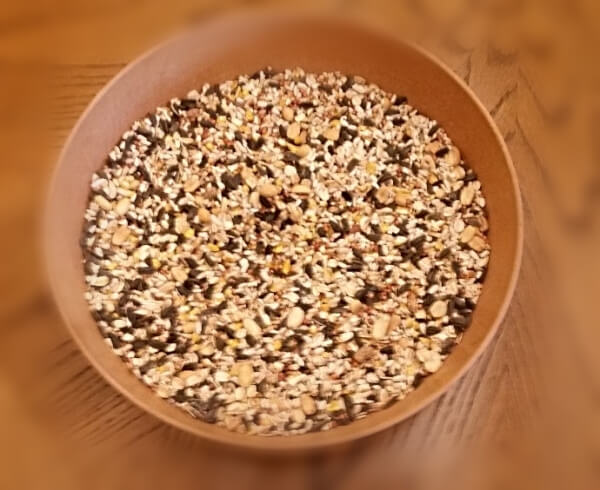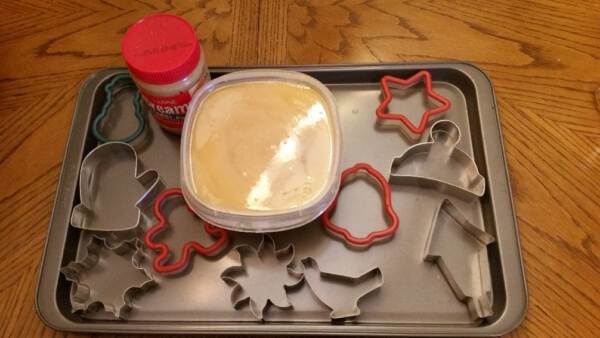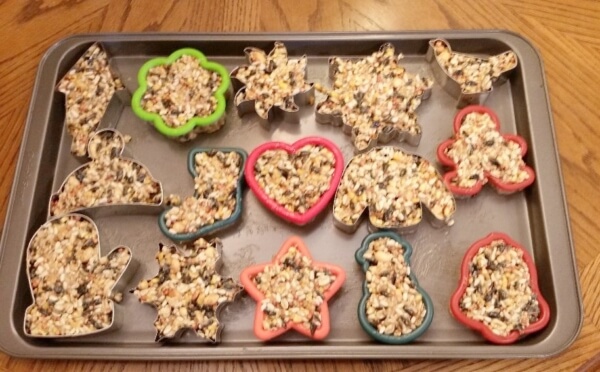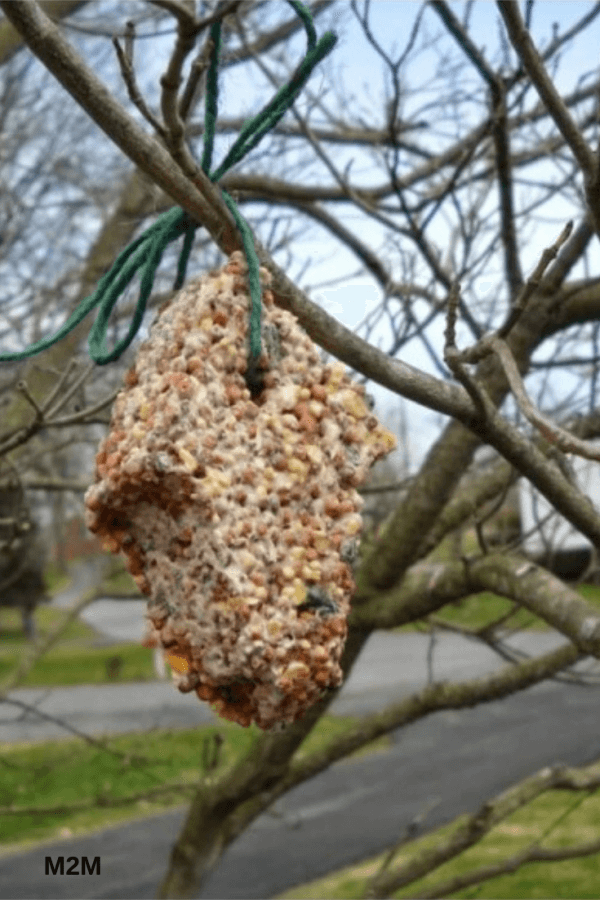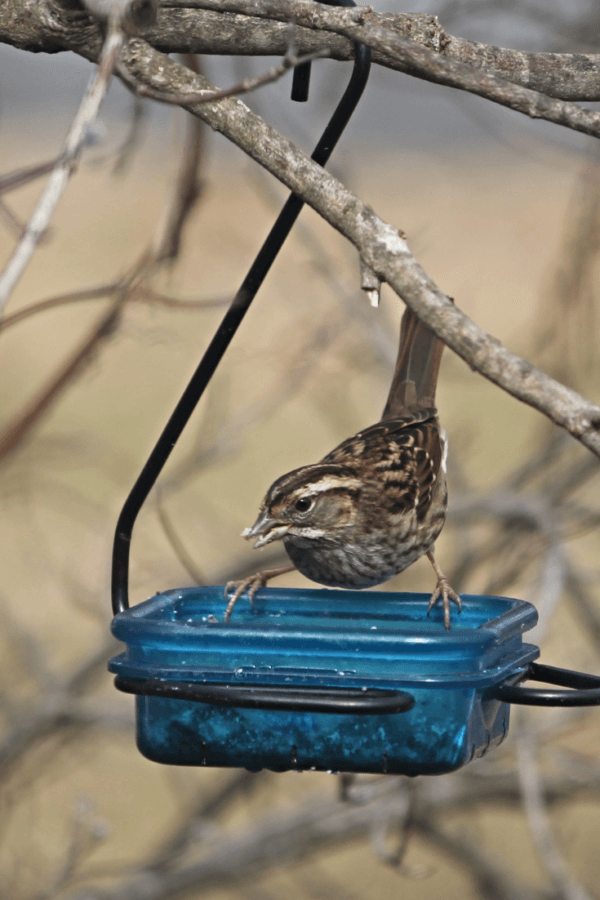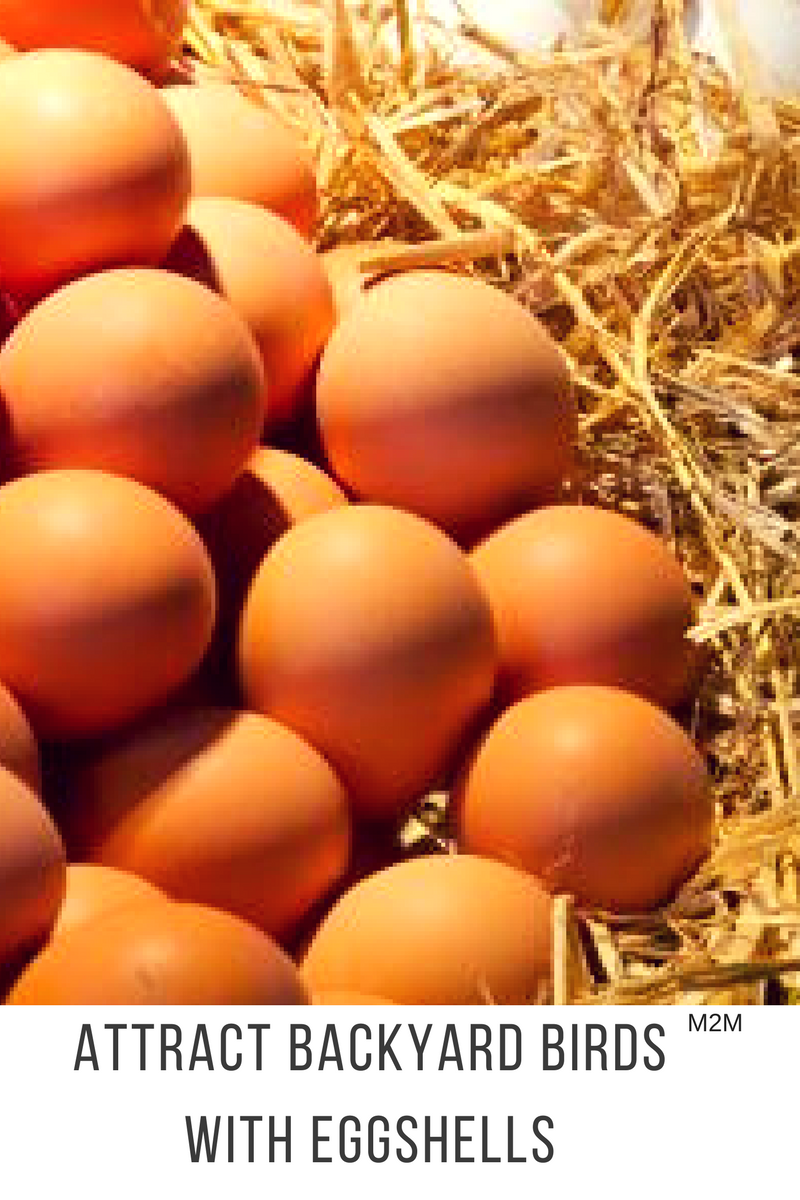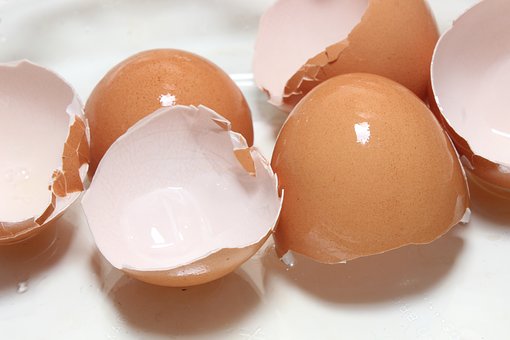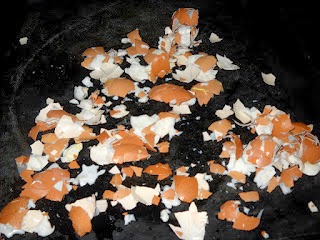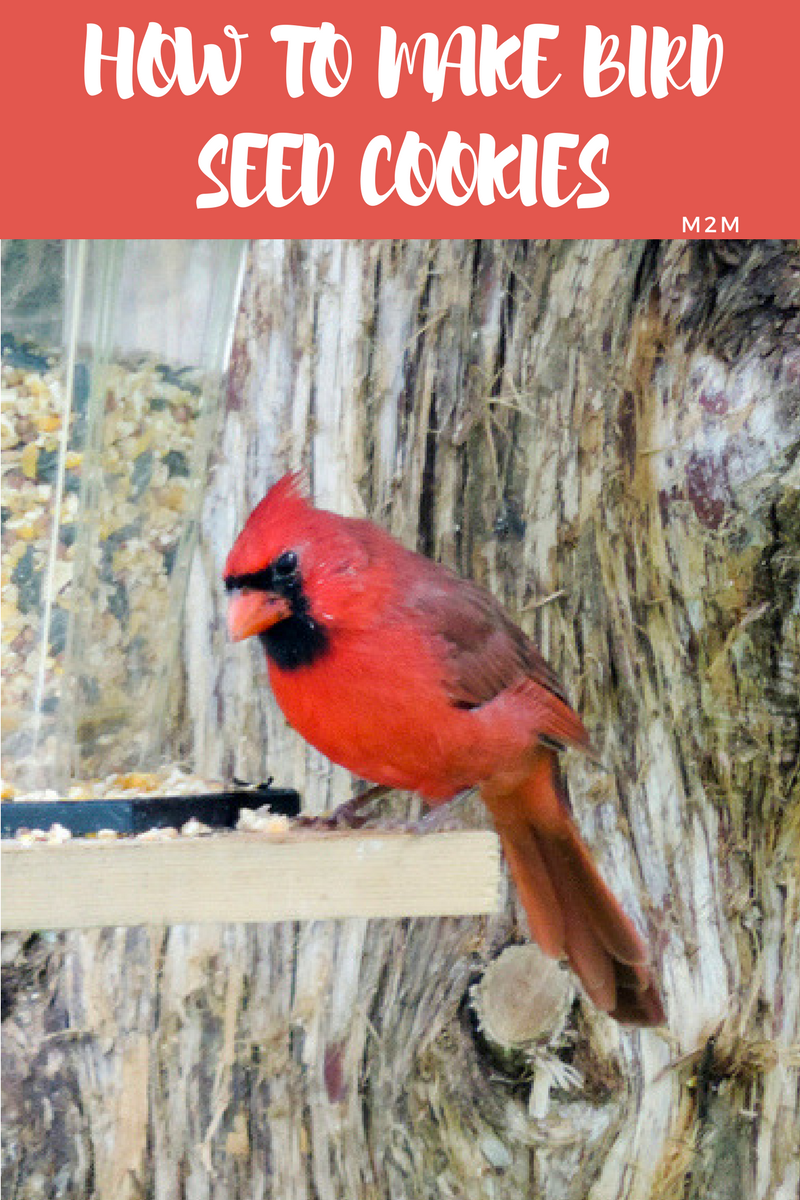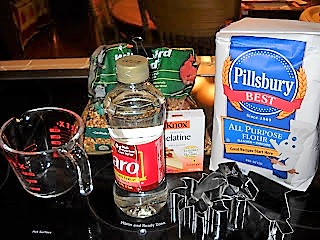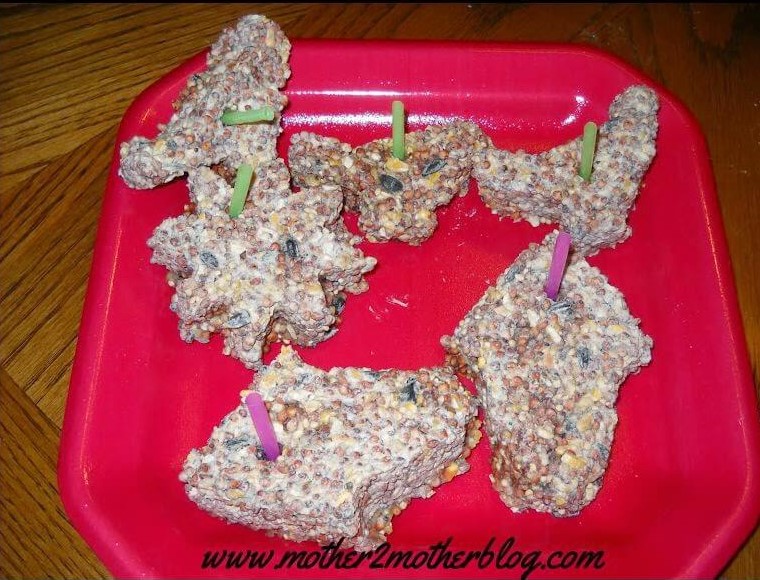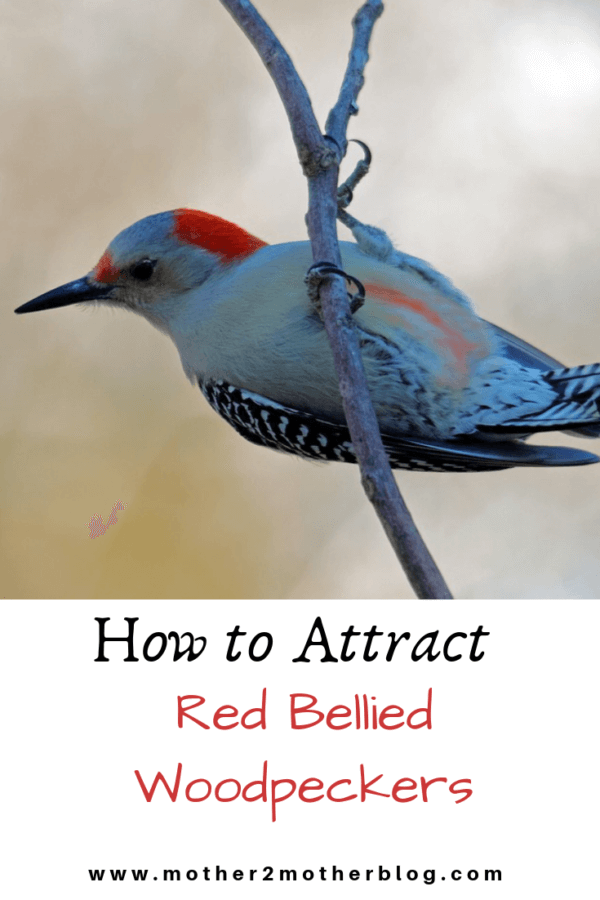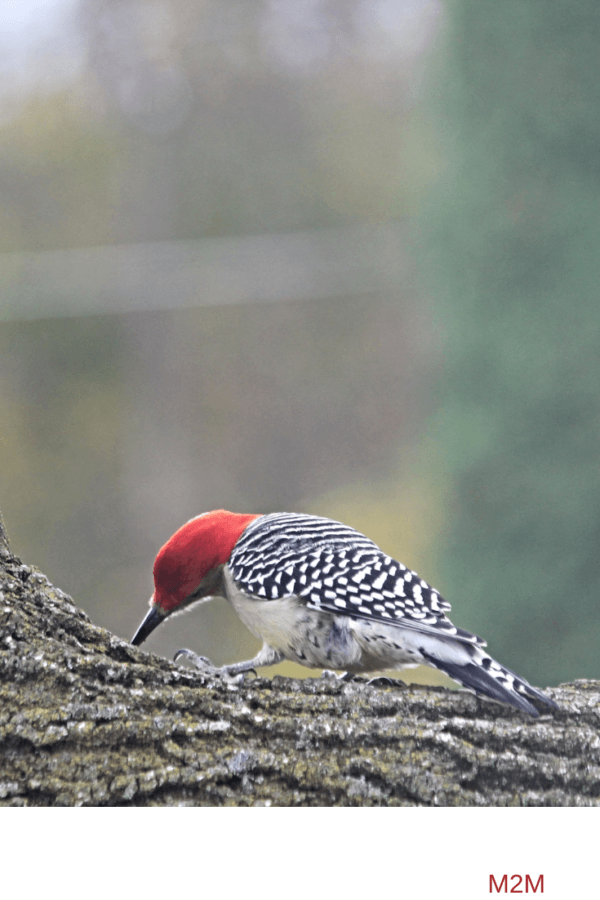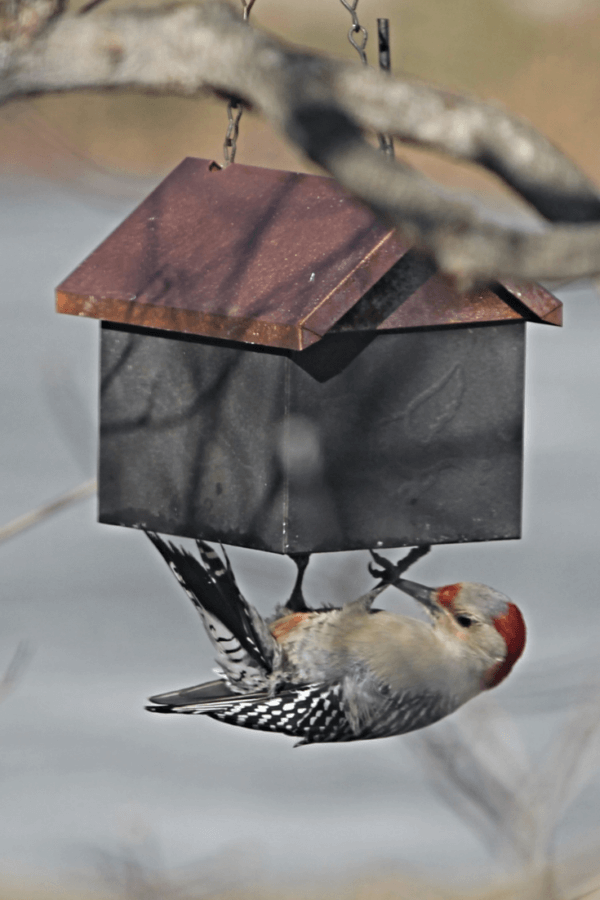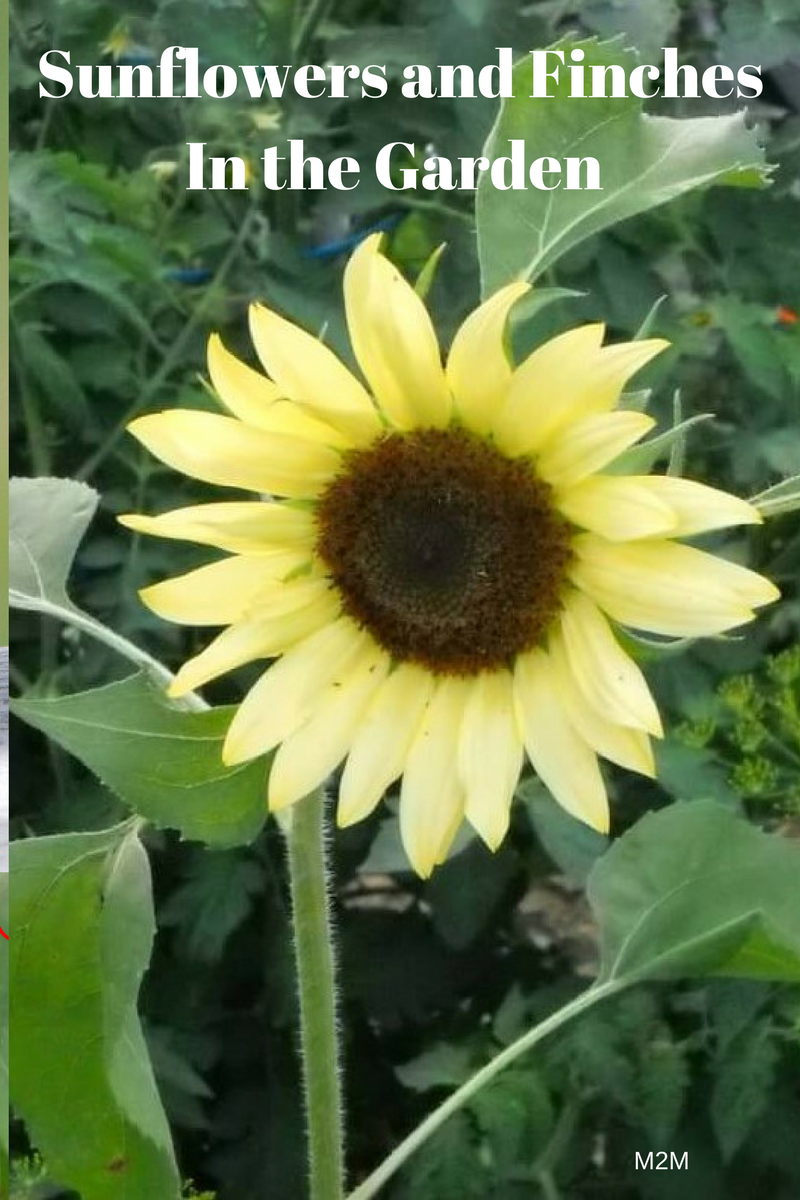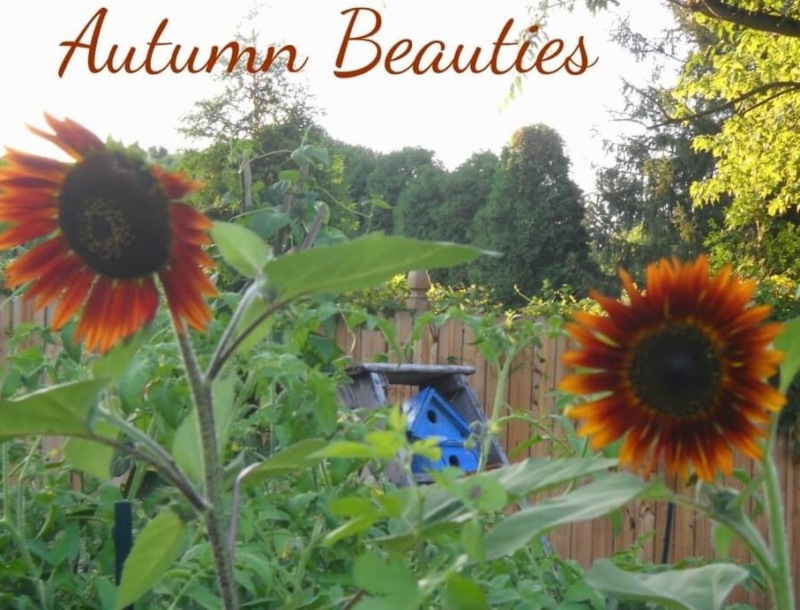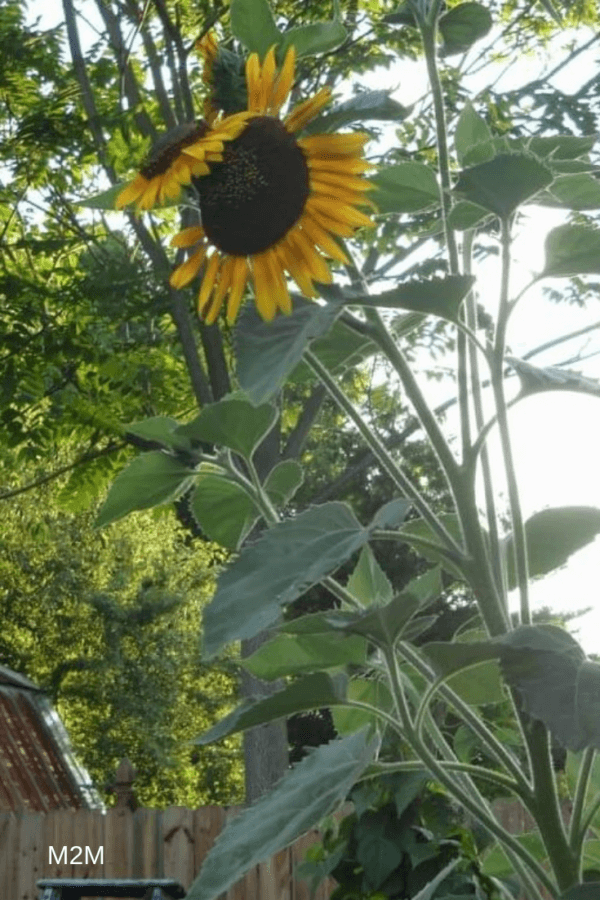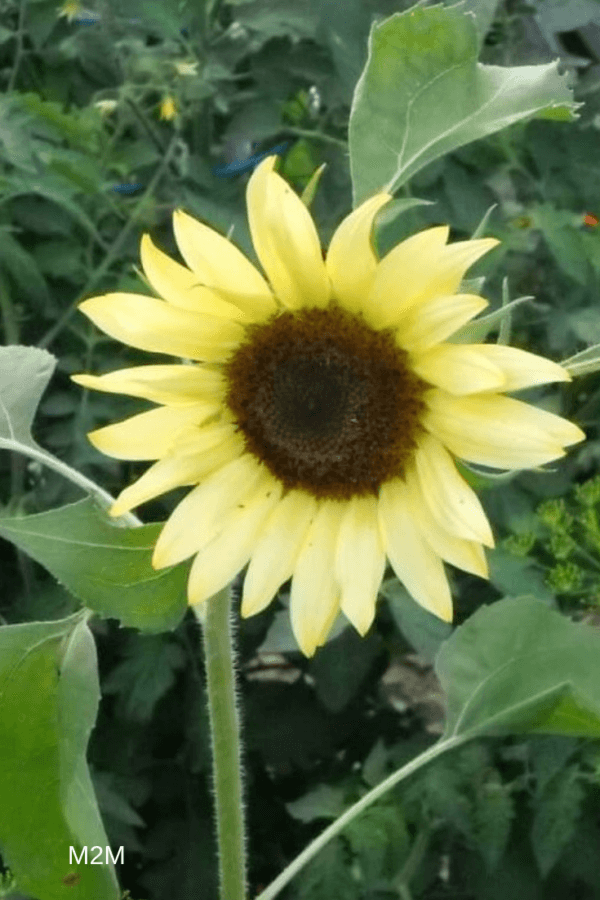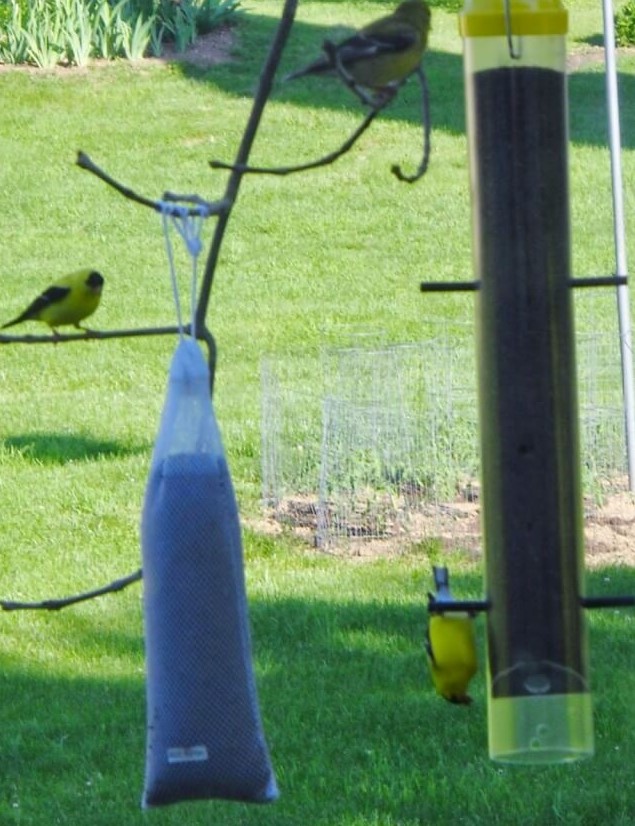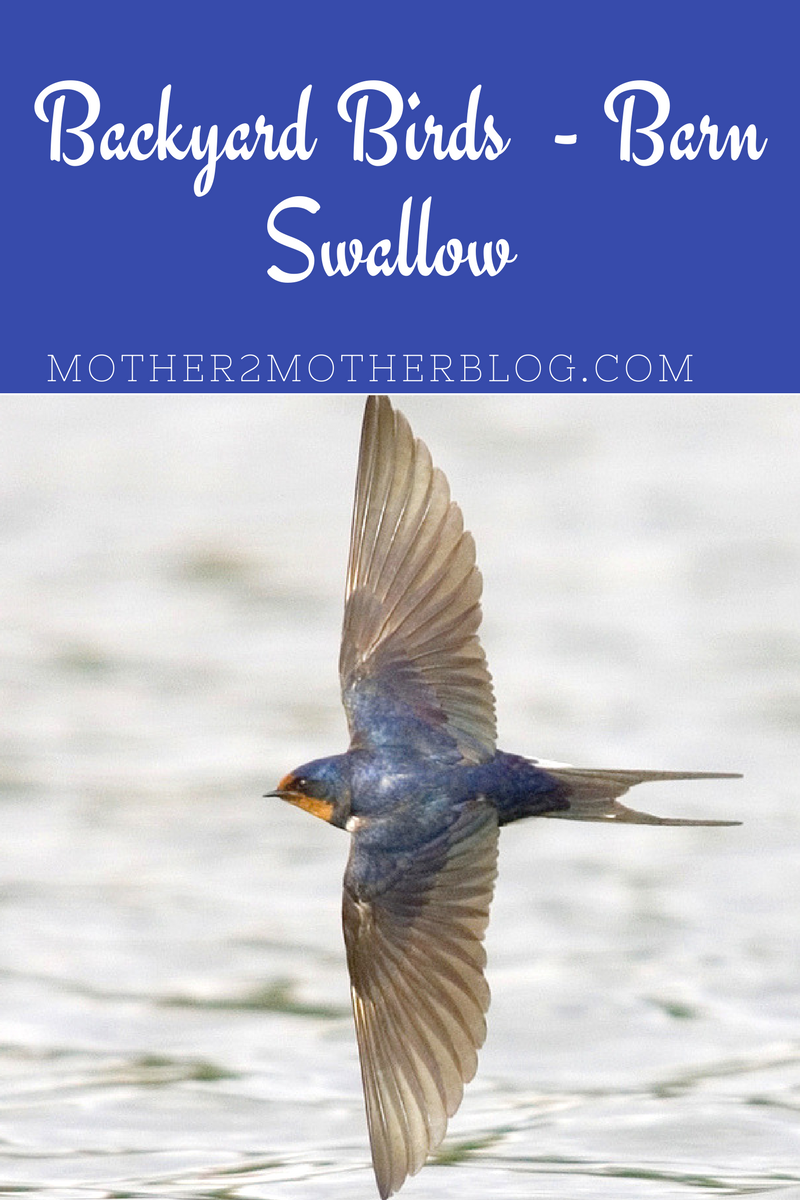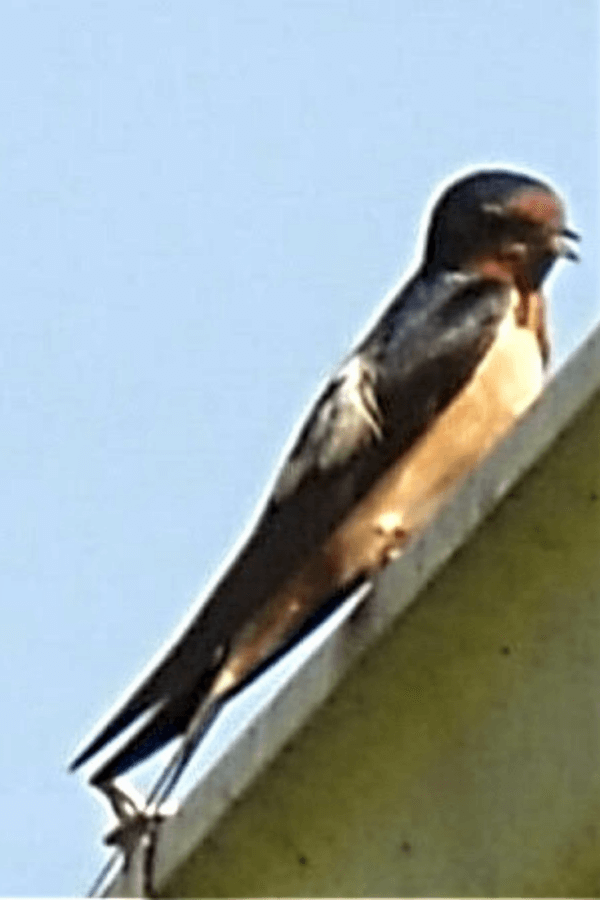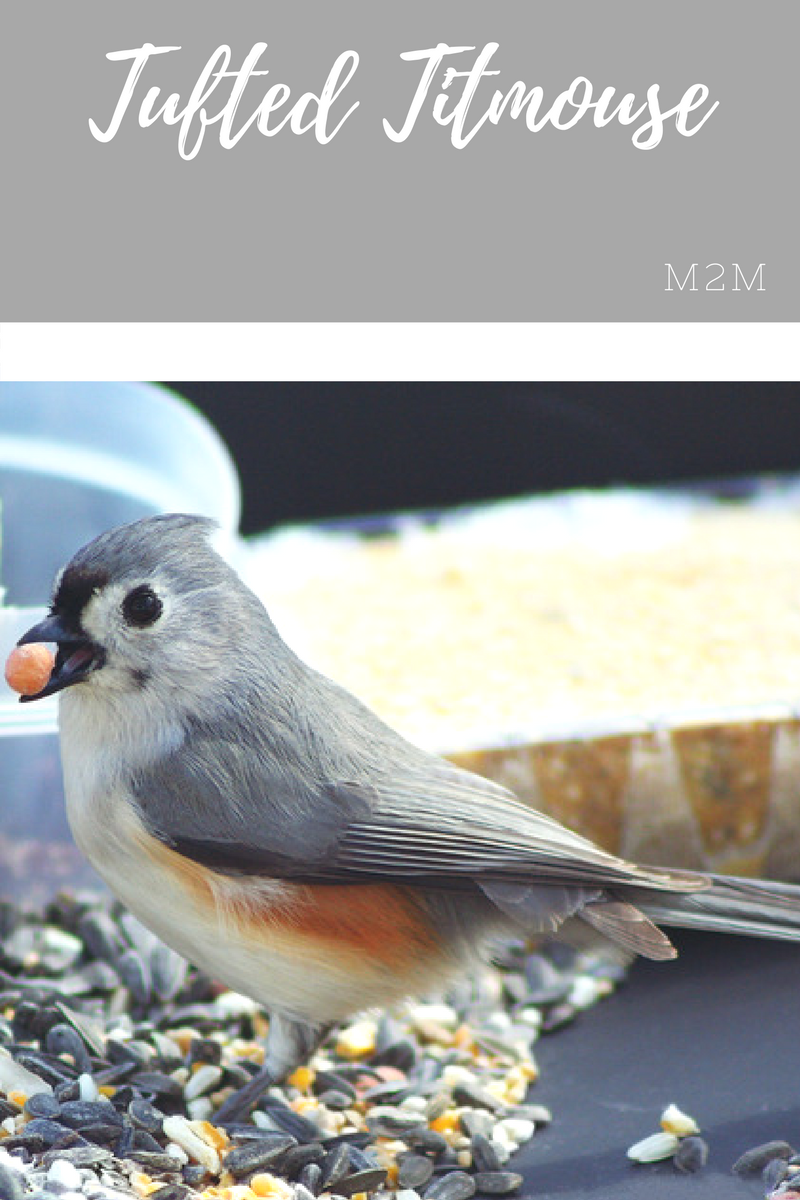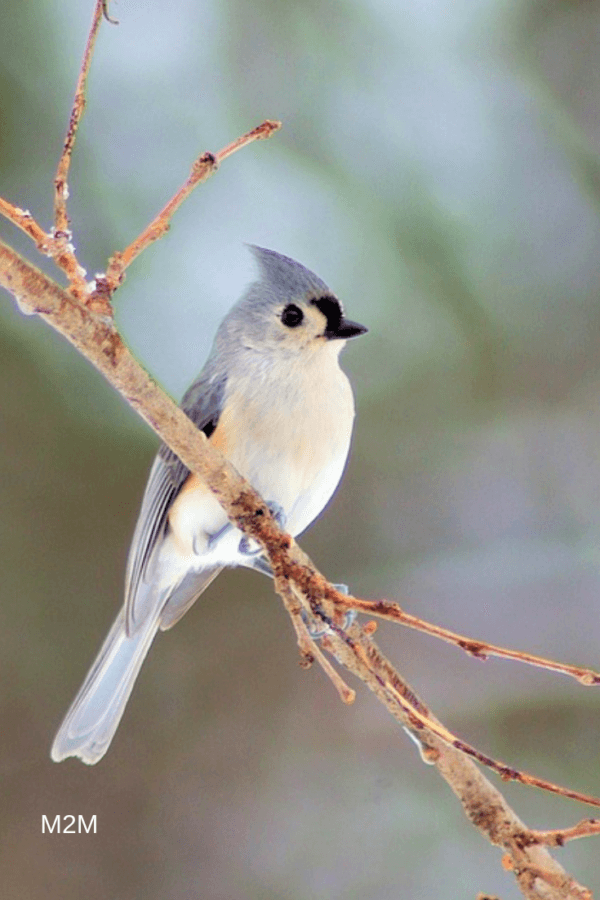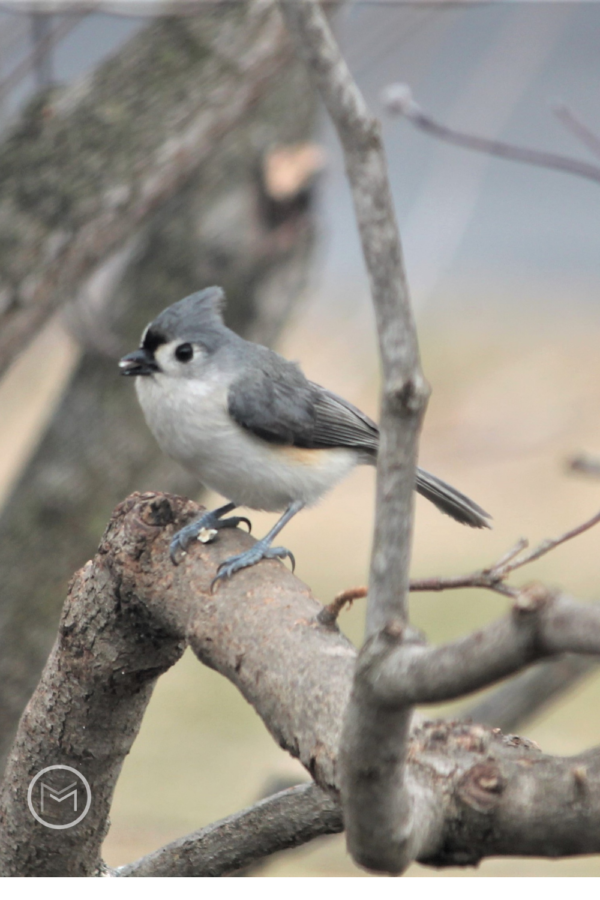The Rose-breasted Grosbeak is one of the most beautiful birds to visit my backyard. The red, black and white males are stunning. And, their thick bills make you wonder who are you? What kind of bird are you? If you are a backyard bird lover, I have a few tips on how to attract Rose-breasted Grosbeaks to you backyard too. So, lets get started.
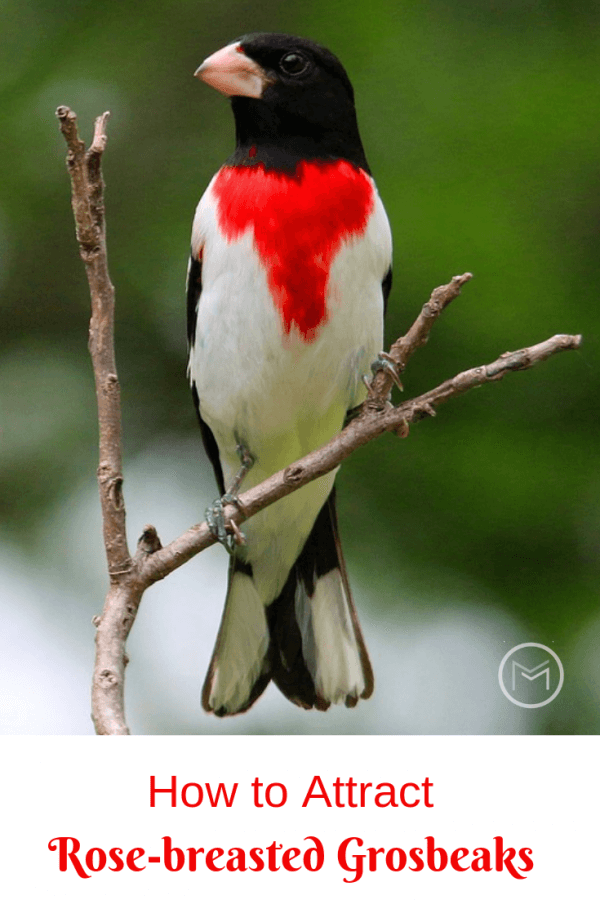
I had just switched my feeder, which had a mixture of sunflower, safflower, cracked corn, peanuts pieces and veggies to Safflower feeder. Safflower seeds helps to eliminate Starlings and Crackles from devouring the feeders. Most Starlings and Crackles aren’t fond of Safflower. However, songbirds love it. Within days of the switch, I noticed a new bird at the feeder. I looked at her and thought to myself she looks like the sparrow, but she’s larger. Is she a new visitor? Yes, she was. It was a female Grosbeak.
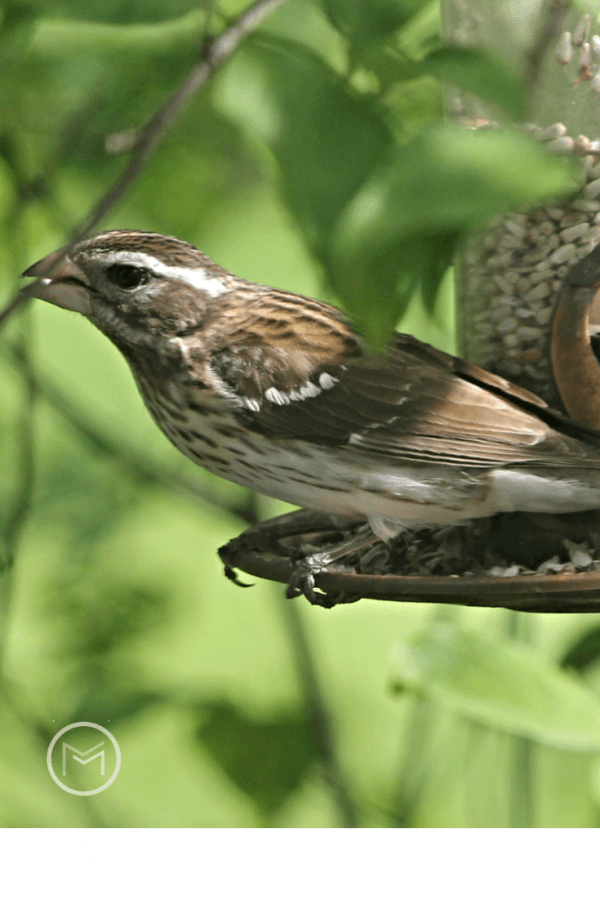
Her partner appeared a little later and took my breath away. This is the male Rose-breasted Grosbeak. He was stunning, and provided me with hours of joy. He returned to the feeder again and again to enjoy the treats. I first noticed the male hanging out on a branch. His rose colored bib caught my attention. I wondered if it was a wood-pecker initially. Finally, he finally made his way to the feeder. And, I realized I had a new visitor and a beauty at that. It’s these moments that excite the backyard bird watcher. Always have your camera or binoculars ready, you never know when a new visitor will appear.
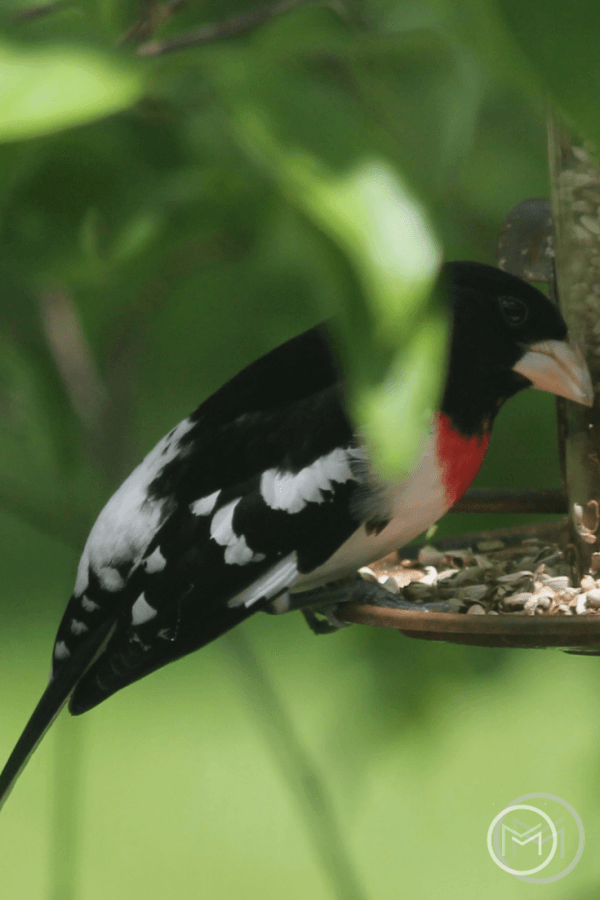
If you’re wondering how to attract Rose-breasted Grosbeaks, here are a few tips:
- Offer Black-oil Sunflower Seeds or Safflower Seeds – Add Safflower and/or Black-oil seeders to your feeders in the spring. These seeds are their favorite foods. I have Safflower seeds in mine. And, he visited the feeder at least 5 or 6 times to devour the tasty treats.
- Offer raw peanuts, they love them.
- Use a hopper or platform feeder
- Provide fruit – Furthermore, the Rose-breasted Grosbeak love elderberries, blackberries, raspberries, and mulberries.
- Make sure they have access to a bird bath or other means of water – I have a wet weather stream that runs through my property. Normally, it only runs if we have a large amount of rain. However, it has been running for an entire year. The birds love it.
- Leave nesting materials – Also, the female uses dried leaves, sticks, weeds, and other earth materials to build her nest.
- Breeding season is from May to September. Plan accordingly.
Note: I am an Amazon Associate. If you click on any of the products or purchase, I may be compensated a small fee. However, there will be no additional cost to you.
Additionally, if you’re unable to bring them to your backyard, they love hanging out in parks and orchards. Plan a morning or afternoon stroll through your local park or a farmer’s orchard. Get permission first, if you decide to go the farm route. Furthermore, the Rose-breasted Grosbeak likes woody areas. Last, you may also like: How to Attract Catbirds to Your Backyard.
